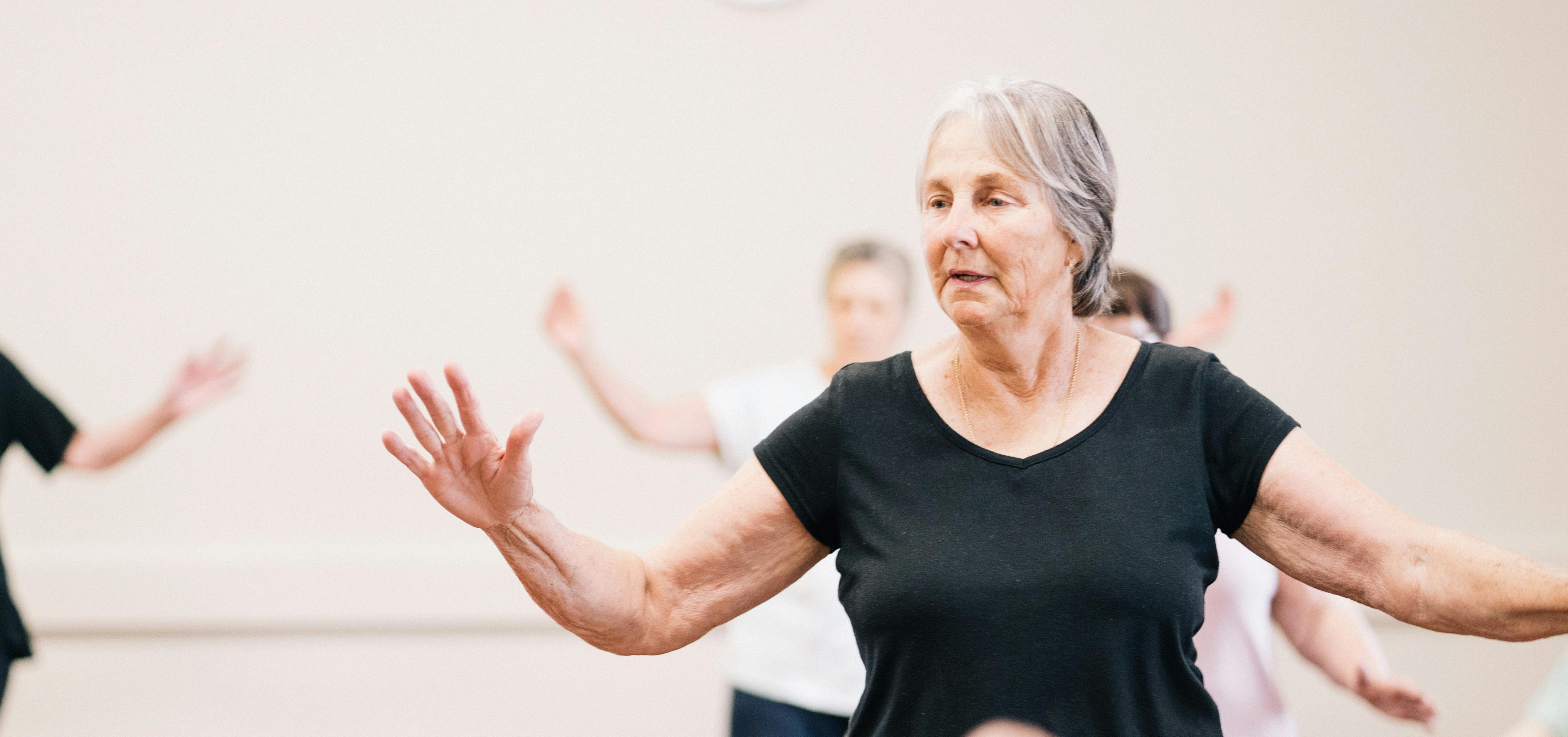The oral microbiome is a complex community of microorganisms that inhabits our mouths from birth through old age. Far from being mere bystanders, these microbes play vital roles in maintaining health—assisting in digestion, protecting against pathogens, and even influencing systemic well-being.
But how is our oral microbiome initially acquired, and how does it evolve over the course of a lifetime?
Colonization begins immediately after birth, with the mode of delivery and early feeding practices serving as key determinants. Infants born vaginally tend to acquire a more diverse oral microbiota that closely resembles their mother’s, while those delivered via cesarean section are more likely to be colonized by microbes associated with the skin and hospital environment. Feeding practices further shape microbial development: breastfed infants receive beneficial bacteria through human milk, which support immune function and help protect against pathogenic organisms.
As the first teeth emerge and solid foods are introduced, the oral microbiome undergoes a major shift. New surfaces provide niches for colonization and growth of a greater variety of microorganisms, such as strictly anaerobic species and dental plaque building bacteria, increasing the complexity of the oral ecosystem.
In addition to the type of delivery and diet, the development and establishment of a healthy oral microbiome during the first years of infancy are directly impacted by the oral/general health status of the mother. Therefore, continuous oral health care is crucial during and after pregnancy.
Puberty introduces hormonal fluctuations that also influence the oral microbiota. Studies suggest that adolescents exhibit greater microbial diversity, likely due to changes in hormone levels, dietary habits, and oral hygiene practices. Interestingly, this phase marks the onset of a more stable microbial community, increasingly similar to that of young adults.
During adulthood, the oral microbiome generally reaches a state of relative equilibrium. However, individual variations persist, modulated by behavioral factors such as lifestyle, nutrition, oral hygiene, by the onset of diseases, and the genetic background.
With advancing age, the oral microbiome may once again shift in response to physiological and environmental changes. Common age-related factors, including chronic inflammation, decreased saliva production, and increased medication use, can alter microbial composition. While some studies report a reduction in microbial diversity, others identify an increase in less common bacterial and fungal species. Nonetheless, healthy older adults typically maintain a core population of beneficial microbes that continue to support oral and systemic health.
Why the oral microbiome matters
One particularly fascinating discovery is the potential systemic benefits of certain oral bacteria. For instance, some species convert dietary nitrate—commonly found in vegetables—into nitrite, which plays a role in regulating blood pressure and supporting vascular function. Several studies have already demonstrated the link between oral microbiota imbalance and chronic diseases such as diabetes, autoimmune disorders, and even Alzheimer’s disease, highlighting the importance of providing adequate oral health care for the maintenance of a balanced oral microbiome throughout life. Good practices—including consistent oral hygiene, a balanced diet, and regular dental check-ups—are crucial to preserving this dynamic and resilient ecosystem.
How close are we to defining “the” healthy human oral microbiome?
Despite significant progress in understanding the physiology of the oral microbiome, major challenges remain. Variability in analytical methods across distinct study designs, lack of standardization in sampling and clinical diagnosis lead to inconsistent results, limiting comparisons among databases. Furthermore, a deeper understanding of how the oral microbiome interacts with the body across the lifespan will require large-scale longitudinal and interdisciplinary research that can be clinically translated into efficient preventive and therapeutic strategies.
In conclusion, the oral microbiome is not only a reflection of our life stages but also an active player in our overall health. Its dynamic nature—from infancy to old age—underscores the importance of nurturing it with consistent care. As science continues to uncover the profound connections between the mouth and the rest of the body, one message becomes clear: taking care of your oral microbiome is an investment in lifelong health.
Article Details
The Healthy Oral Microbiome: A Changing Ecosystem throughout the Human Lifespan
J.D. Corrêa, P.P.S. Carlos, G.A. Faria, L.C.R. Pacheco, V.S. da Costa, I.R.R. Mendes, A.B. de Oliveira, and A.P.V. Colombo
First Published: December 20, 2024
DOI: 10.1177/00220345241297583
Journal of Dental Research










